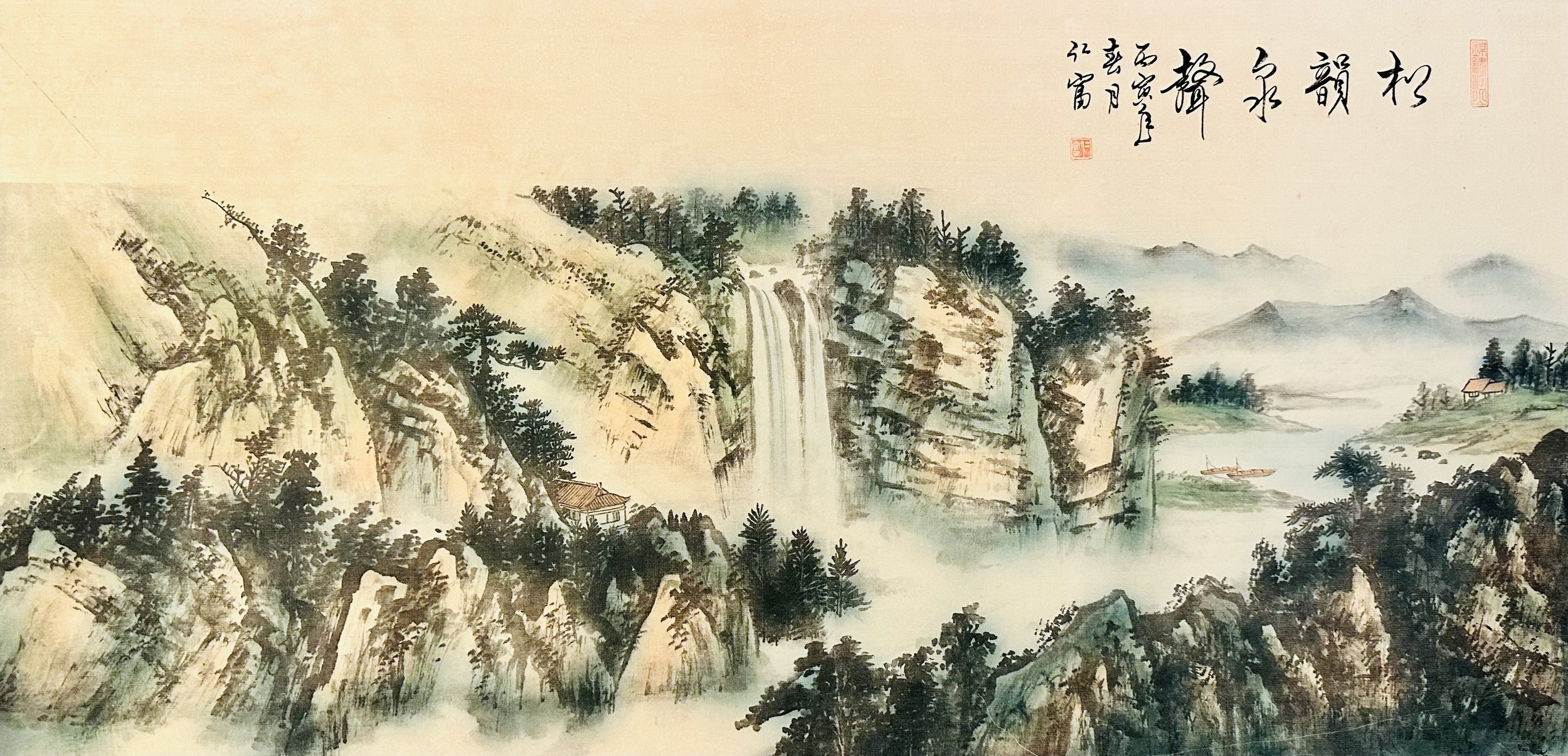Playing with Shadows on Halloween
Photo by David Menidrey on Unsplash
Halloween is a day when we welcome the dark things from out of the shadows and into our homes and streets. We embody them in costume and play.
We watch campy movies like Hocus Pocus that make light of the Salem Witch Trials, a dark pockmark in our history. We dress up as our worst nightmares. It’s fun and cathartic.
Some religious groups shun Halloween as devil’s play. For me, becoming closely acquainted with my inner darkness and shadows has been a profoundly freeing spiritual experience.
Shadow Work
I was first introduced to the idea of shadow work by a person I briefly dated. He was showing me an extraordinary drawing he was working on. It was a portrait of his father emerging on the canvas through a striking contrast between dark and light. I could see the story he was telling through that interplay.
The term “shadow self” was first developed by psychoanalyst Carl Jung to describe the hidden parts of ourselves that we repress. “Negative” traits, like anger, resentment, fear, shame, trauma. But Jung proposed a reimagining and redemption of the things in us that we hide from.
“If it has been believed hitherto that the human shadow was the source of evil, it can now be ascertained on closer investigation that the unconscious man, that is his shadow, does not consist only of morally reprehensible tendencies, but also displays a number of good qualities, such as normal instincts, appropriate reactions, realistic insights, creative impulses etc.”
—From the Collected Works of Carl Jung, vol. 9
Shadow work is what we do to uncover and reconcile with those parts of ourselves that we repress or judge as undesirable.
Visualizing My Happy Place
This year, I had the opportunity to do some transformative shadow work with the guidance of a gifted therapist. It was during a time when nothing was working for me—not prayer, meditation, community, positive psychology, physical activity, supplements, nutrition and even medication. Nothing could lift me out of the constricted, fearful and hopeless state.
My therapist led me through a series of visualizations. “Picture a place,” she said, “A safe and enjoyable place. Picture it in detail, the surroundings, the colors, the sounds, the smells.
For me, it was a mountainous paradise, with cascading pools of hot springs.
“As you enter that place, you encounter that part of you that is feeling fearful (substitute whatever undesirable feeling or character trait). Who is it that you see?”
Over a number of sessions, I encountered myself at different ages from my childhood through early adulthood. My therapist guided me—the self that I am today—to listen to, love and give those shadow selves what they needed. Hearing their pain, giving tender hugs, words of acceptance and support.
“Now,” she said, “Imagine there’s someone you trust who stays there in your happy place. It can be a religious figure, a hero, your higher self.”
I knew right away it would be my dad. He passed away suddenly some years ago. He had been the light of our family.
During each session, I led a different younger version of myself to my dad and left her in his loving care. After time, when I noticed myself reverting to hopelessness and resisting life, I could picturing which of my younger selves had come to visit. I would know why she was there and how to listen and comfort her. And when she was quieted, I led her back to my dad. I did this over and over again. Each time, my dark state would lift.
And now I’ll go and visit my shadow selves to hang out with them. I sit in meditation and transport to my happy place. The two-year-old greets me with a flying leap into my arms, wrapping her chubby arms around my face. I laugh as she climbs and twists around me like a feral animal. I use a spare arm to hold the four-year-old who’s clinging to my waist, and shuffle over to the eight-year-old in knee-high athletic socks, who’s hopping through the rocks nimbly. I watch and cheer her on as she shows off her balancing skills. The 16-year-old, carrying my deepest heartbreak, sticks close to my dad. I hold her face with both hands, looking into her eyes, and pull her into a hug. I join the twenty-year old for a picnic by the water, eating all of our favorite foods.
“How are they, Dad?” I ask.
“They’re fine,” he answers in Korean. He’s smiling, carrying the feral two-year-old now, who’s burrowing into the crook of his neck. “We’re all fine. You don’t have to worry.”
(top) Sketch of my happy place, after my first visit. (bottom) Framed print I recently saw in the foyer of a friend’s house. Reminiscent of my happy place. Their home is indeed a safe haven for everyone who enters.


